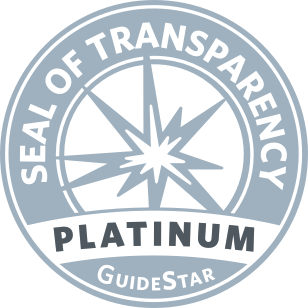ARVO 2025 Highlight: Atsena’s XLRS Gene Therapy Provides Vision and Structural Improvements in Phase 1/2 Clinical Trial
Research News
Part B of the trial will enroll nine adult patients as well as three pediatric patients.
Atsena Therapeutics, a company developing innovative gene therapies for inherited retinal diseases, has reported both structural and vision improvements for patients receiving ATSN-201, its X-linked retinoschisis (XLRS) gene therapy, in Part A of the LIGHTHOUSE Phase 1/2 clinical trial. Results for the nine patients in Part A were presented on May 8 by Lesley Everett, MD, PhD, Oregon Health & Science University (OHSU), at the 2025 meeting of the Association for Research in Vision and Ophthalmology (ARVO) in Salt Lake City.
Nine male patients at least 18 years of age were dosed in one eye in Part A. Three dosing cohorts of three patients each were evaluated. Data for Cohort 1 (low dose) were reported at 12 months after treatment. Data for Cohort 2 (high dose) were reported at 9 months. Data for Cohort 3 (medium dose) were reported at 3 months.
The safety profile for ATSN-201 was favorable. There were no serious adverse events related to the treatment.
Seven Part A patients had resolution of the schisis, the splitting of retinal layers, which is the damaging structural hallmark of XLRS. Those patients with structural improvements generally showed improvements in: microperimetry, which measures light sensitivity at different loci (locations) in the retina; best-corrected visual acuity (BCVA); and low luminance visual acuity (LLVA), which measures BCVA in dim light.
Part B of LIGHTHOUSE will enroll nine adult and three pediatric (at least 6 years of age) patients.
Atsena’s emerging XLRS gene therapy is injected subretinally (underneath the retina). The company says this approach gets the treatment more effectively to the area of the retina where the treatment is needed — i.e., near the damaging schisis cavities in the central retina caused by the splitting of retinal layers in people with XLRS. ATSN-201 uses a specially designed adeno-associated viral delivery system (AAV.SPR), which laterally spreads across a larger area of retina than other AAV systems. The AAV.SPR can reach the fragile fovea — the tiny pit in the central retina responsible for visual acuity — with an injection outside of the foveal region.
The RD Fund, the Foundation’s venture philanthropy fund for advancing emerging treatments into and through early-stage clinical trials, is a founding investor in Atsena.
XLRS is caused by mutations in the gene RS1 which expresses a protein called retinoschisin — a protein that plays a critical role in the maintenance of the retinal structure and cell-to-cell adhesion. As an X-linked condition, XLRS usually affects males with females as unaffected carriers. XLRS is usually diagnosed in boys before the age of 10. Approximately 30,000 people in the US and EU are affected by XLRS.
Atsena Founder and Chief Scientific Officer Shannon Boye, PhD, University of Florida, is the preclinical developer for the company’s emerging gene therapies.




